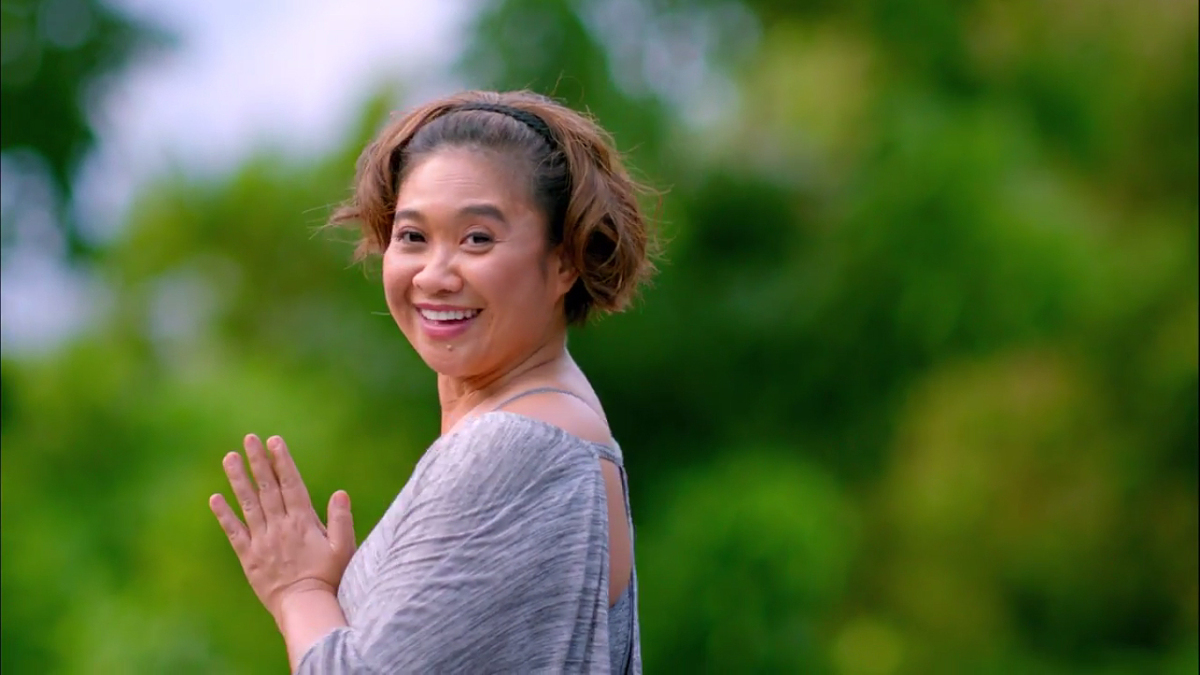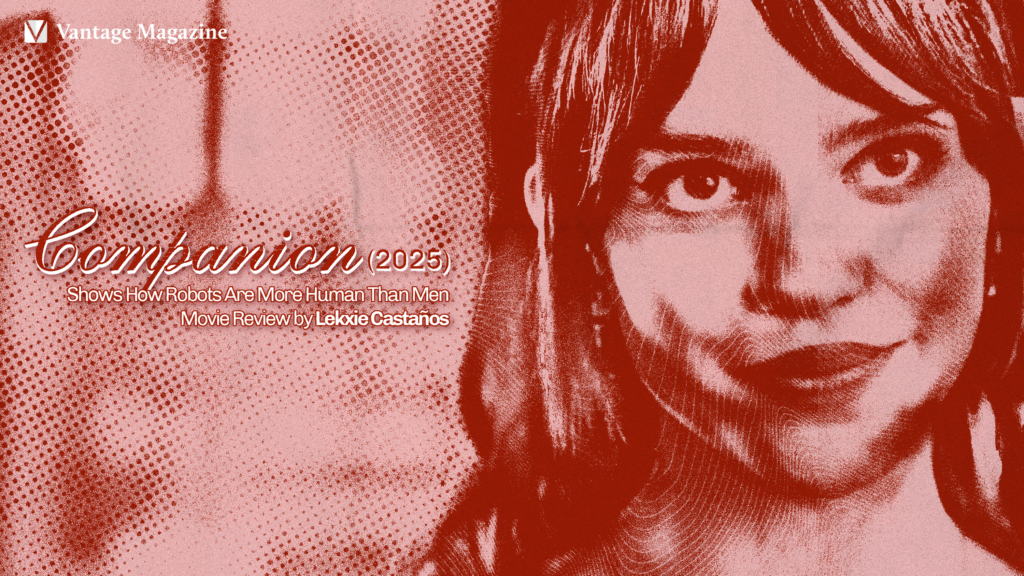Someone crying under the rain, a person chasing after their vehicle-bound significant other, and a couple kissing with the sunset as their backdrop—any of these scenes sound familiar? People who’ve watched Philippine romantic-comedy movies which became box office hits would notice their patterns and the way they’re usually marketed. Although the scenes described may be clichés, the Filipino market still loves these movies mainly because of one thing: the fact that they offer their audience an escape from their everyday lives.
Ang Babae sa Septic Tank 2 is a sequel of director Marlon Rivera’s Ang Babae sa Septic Tank where Eugene Domingo, who plays a fictionalized version of herself, is offered a script by Rainier de la Cuesta, the fictional director who she worked with in the previous movie of the franchise. The script handed to Domingo in the film is a reflection of de la Cuesta’s own love story with his wife, a somber and melancholy tale of their deteriorating relationship, making the story a very personal one for him.
In the film, Domingo invites the production team to a spa to talk about the script where she offers various suggestions to de la Cuesta and his production team who reluctantly takes everything that she says with a grain of salt. Though the director obviously has a problem with everything that the star suggested as it goes against everything he had in mind for his film, Jocelyn, a part of de la Cuesta’s production team, calms him by saying that nothing’s been finalized yet and that they should just indulge Domingo.
Eugene’s suggestions to the film are ones which will obviously make the film a hit with the general Filipino public because of the formula it follows: A good and visually attractive leading couple where the male and female leads are compatible with each other in terms of chemistry and “kilig” factor, a tear-jerking scene which usually involves rain and the occasional wailing, plus a catchy theme song, usually a remake of a love song which most people already know.
The last factor of the equation is only further emphasized by the theme song of Ang Babae sa Septic Tank 2, which is Forever’s Not Enough, originally sung by Sarah Geronimo. By using such a well-known song which almost all Filipinos know, the irony of it all is made apparent. Jericho Rosales’ guest appearance in the film, along with Agot Isidro and Joel Torre, only added more humor to the film as the three stars play fictionalized versions of themselves as well.
One should also note that if not for the strategic and well-placed timing of the comedic sound effects and Domingo’s exaggerated acting made evident by the heavy American English accent she had and her gaudy laugh, one may find her character annoyingly stuck up rather than funnily so. Cai Cortez, the actress who plays Jocelyn, also provides comic relief throughout the film, as whenever tensions would rise between Domingo and de la Cuesta, her character would wittily and matter-of-factly say her lines to lighten the mood.
One may question the purpose of Khalil Ramos’ character Lennon, however, since although it was stated that he was a newbie production assistant for the film, his role in most of the film was minimal, barely having any lines to himself and mostly acting as the role of a spectator.
In the film, Eugene represents the people within the film industry who mainly focus on the viewers, hence her adamant suggestions which follow the formula. On the other hand, de la Cuesta represents the people on the other side of the spectrum: The voice of the filmmakers who prefer the original vision they had in mind for their movie regardless of ratings and money. Though some of us may comment how Filipino romcom movies are easy to predict, we can’t help but admit that despite this, we still support most of them “dahil nakakakilig.”
Rating: 3.5/5
Celine D. Natividad is a guest author from The GUIDON Features. Read more of her work from the November 2016 printed issue of The GUIDON or from the website.






